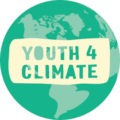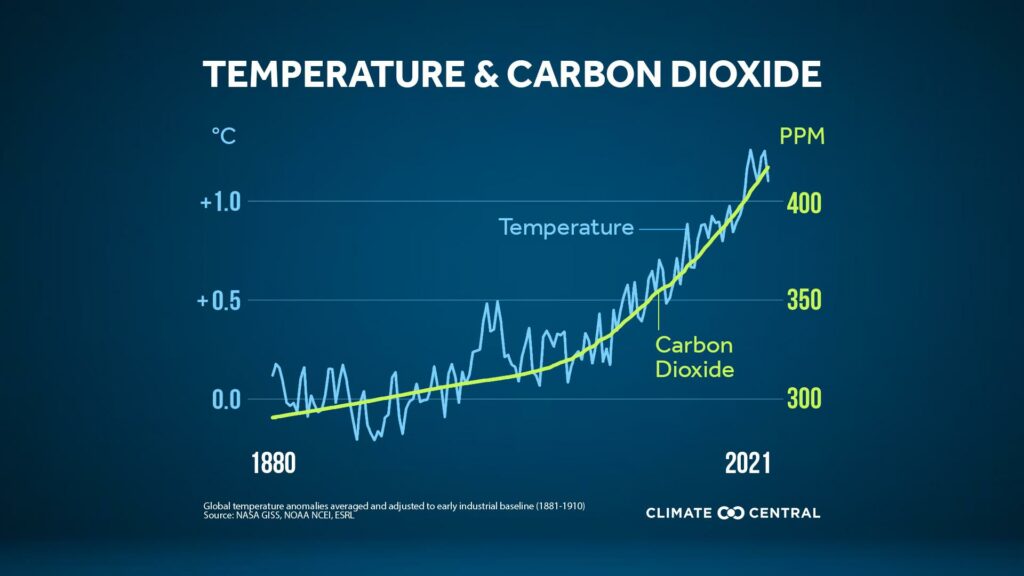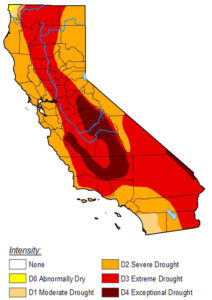10. Basic Climate Science
LEARN CLIMATE SCIENCE BASICS
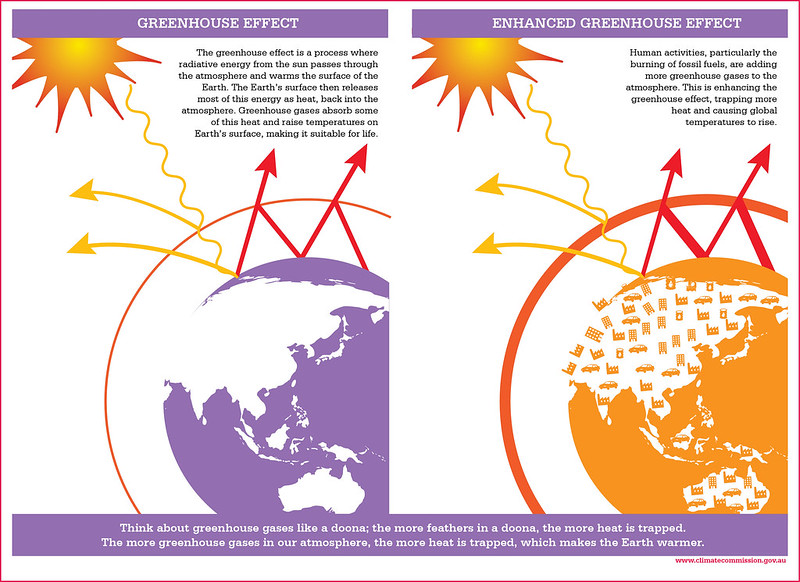
Solar radiation from the sun passes through the clear atmosphere. Most is absorbed by the earth’s surface and warms it.
Some infrared radiation passes through the atmosphere and some is re-emitted back to the earth. The effect is to warm the earth’s surface.
Greenhouse Gases Act as a Blanket:
Greenhouse gas (GHG) emissions (from C02, methane, nitrous oxide, and other gases) are released into the atmosphere and act as a thermal blanket around the earth. The sun provides the earth with warmth and the earth radiates heat back out.
This balance of heating and cooling is now out of balance, as the layer of GHGs traps warmth from the sun. Acting like a blanket, the GHG cannot escape back into the atmosphere, so the planet heats up. The more gases, the thicker the blanket, the hotter it gets.
Global GHG emissions have steadily increased, most significantly in the past 50 years. There’s a direct correlation with rising global temperatures.
DIRECT CORRELATION:
RISE OF GHG EMISSIONS & GLOBAL TEMPERATURE RISE
“Long Tail” of Carbon in the Atmosphere:
The carbon cycle is complex: it’s key to take into account the “long tail” of carbon that remains in the atmosphere for a long, extended periods.
While ending GHG emissions is urgently needed, drawing down carbon out of the atmosphere is also extremely important.

Record Temperatures:
July 2019 was the hottest July in the 140-year record, according to scientists at NOAA’s National Centers for Environmental Information.
Nine of the 10 hottest Julys have occurred since 2005—with the last five years ranking as the five hottest.

Extreme Weather & Climate Chaos:
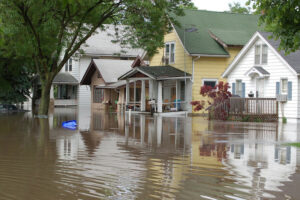
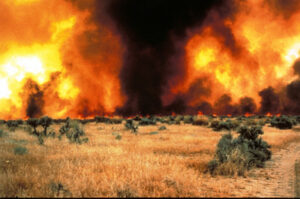
Extreme weather events occur more frequently and more intensely including severe wildfires, droughts, hurricanes, and flooding. Climate chaos threatens people’s lives and homes.
All over the world, we are already experiencing many of the devastating effects of extreme weather events. As temperatures increase worldwide, these effects will be magnified.
Risks to Human Health:

Tropical diseases like Zika and Dengue Fever are becoming more and more widespread, as warmer climates further north are expanding the range of disease carrying insects such as mosquitos and ticks.
Worsening air pollution increases the risk of of respiratory illnesses like asthma and heart issues.
Heat waves have big health impacts for older people, as well as the very young. Heat waves are especially dangerous to outdoor laborers and people who can’t afford air conditioning.
Climate change impacts people’s mental health, as well. People face anxiety about our volatile and uncertain times and devastation from loss of life from natural disasters (see chapter 9).
Huge Financial Costs:
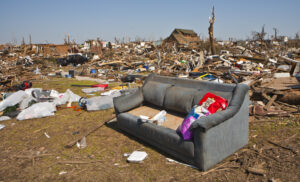
Climate disasters have already cost the U.S. billions of dollars in the past decade. As extreme weather events occur with greater frequency, the costs significantly grow.
Food & Water Scarcity:
Plants grow within specific temperature ranges. As average temperatures rise, certain plants may no longer be able to grow in regions where they were once plentiful.
Drought conditions threaten our food production, as well as general water supplies.
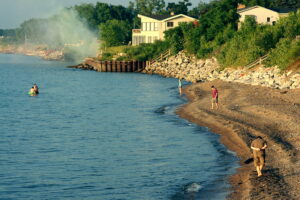
Climate disasters have already cost the U.S. billions of dollars in the past decade. As extreme weather events occur with greater frequency, the costs significantly grow.
Our Experience of Nature:
CLIMATE CHANGE AFFECTS RECREATIONAL OPPORTUNITIES:
- Beach erosion (disappearing beaches, dangerous cliffs)
- Less snowfall (impacts winter sports and water supply)
- Increased heatwaves (dangerous to be outdoors)
- Roads and boardwalks under water
- Fewer animal and bird species
Other Climate Change Impacts:
HOW A WARMING CLIMATE AFFECTS OUR EARTH’S NATURAL SYSTEMS:
- Ocean temperatures are rising
- Ocean waters are becoming more acidic
- Biodiversity and species extinction occurring rapidly
- Ocean temperatures are rising
- Arctic sea ice is melting
- Sea levels are rising
LOCAL IMPACTS
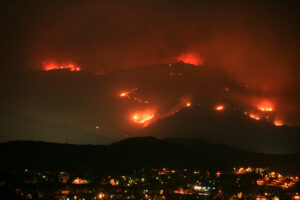
Mt. San Miguel continues to burn. San Diego wildfires by slworking2 (CC BY-NC-SA 2.0) Wildfires
The U.S. fire season has become longer and more extreme. Drier soils, warmer air temps, and less frequent rains contribute to dangerous fire conditions. In California, the past two years alone have taken over 100 lives and caused billions of dollars in damages due to destructive wildfires.
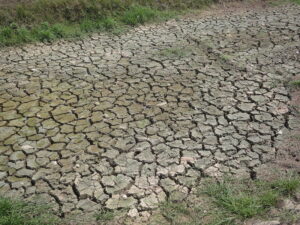
Pinang Tunggal Drought by Marufish is licensed under CC BY-SA 2.0 Severe Drought
Our most recent drought was one of the worst in the past 1200 years. This trend is expected to continue with hotter, drier years ahead.
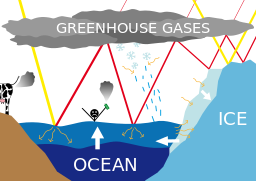
Eberhard Höpfner, CC BY-SA 3.0, via Wikimedia Commons Sea Level Rise
In less than 25 years, it is projected that sea level will rise in our region between 5 and 24 inches, causing flooding, cliff erosion, and loss of low-lying communities. Coastal communities already must figure out how to move homes, businesses, and train tracks away from the coast.
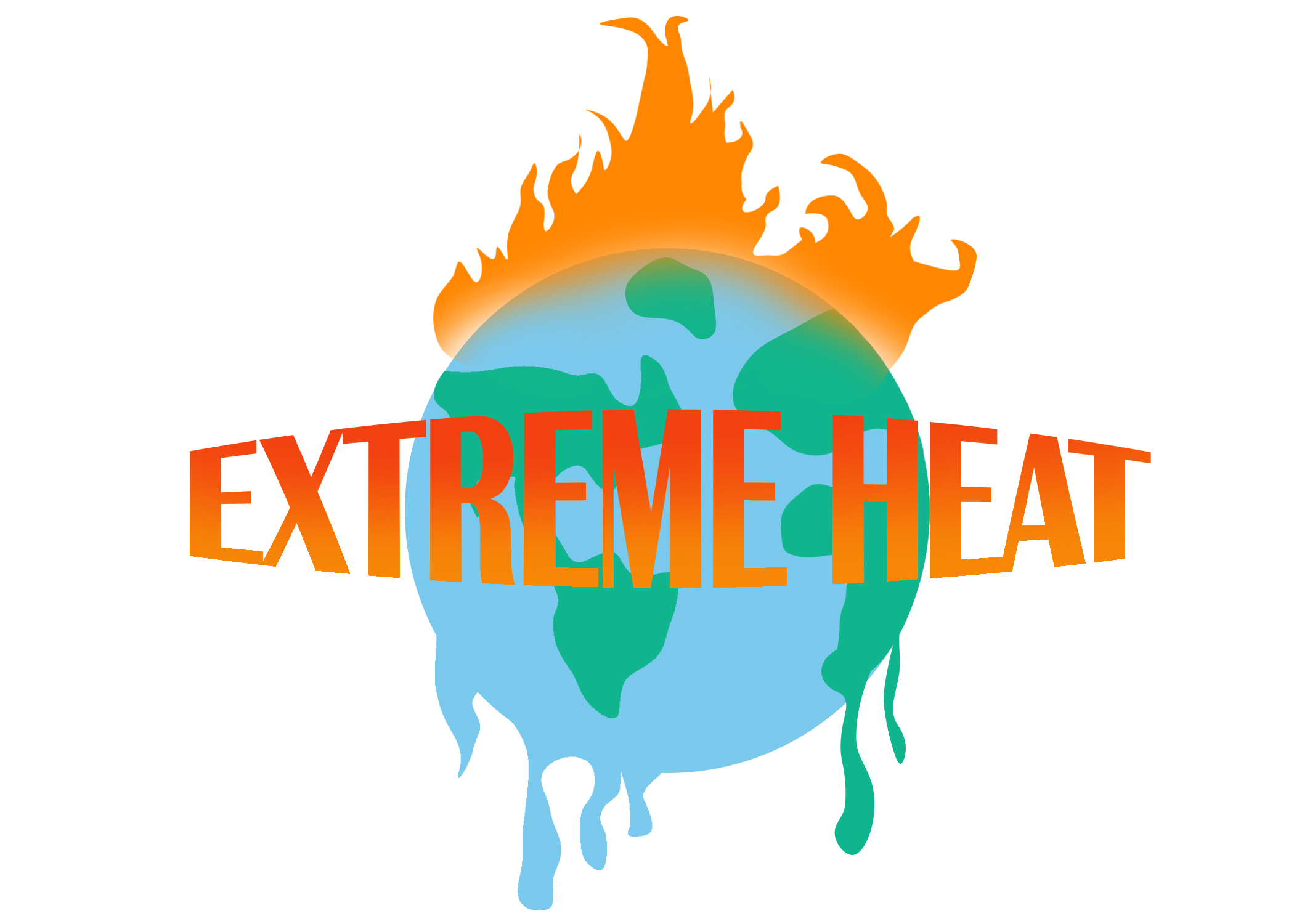
Heat Waves
Extended periods of extreme heat poses a serious health threat to people in our region and often results in increased hospitalizations and deaths. Rising temperatures have the greatest impacts on those who cannot afford air conditioning.

Mosquito-Carried Diseases by NIAID (CC BY 2.0) Infectious Diseases
As our region becomes warmer, vector-borne diseases become more of an issue. Insects bring diseases that may affect a large percentage of our population.
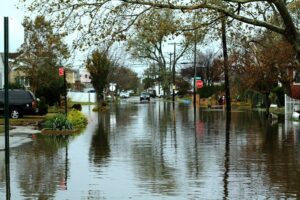
Hurricane Sandy Aftermath – Howard Beach – 10/30/2012 by Pam_Andrade (CC BY 2.0) Flooding
While our region is becoming more prone to drought, we are also experiencing more intense storms. So when it does rain, flash floods overwhelm our infrastructure, which wasn’t designed to withstand the amounts of stormwater that is being dumped with our more recent weather events.
CLIMATE SOLUTIONS
Implementing Different Scenarios
Scientists use modeling scenarios to analyze different climate solutions and their impact on our future.
We can predict where we need to be and find the best solutions to reach those goals.

Climate Solutions are Being Implemented
- Cities throughout the world are adopting 100% renewable energy policies, with targets as early as 2020.
- Growing support for the Green New Deal, a package of legislative resolutions in the U.S. addressing the urgency of the climate crisis and social inequalities, signifies a huge shift in awareness.
- World-wide, strong support for global climate action continues to grow, especially in the past year when youth began to speak up!

Activity #10:
Research Local Climate Solutions
Find out what your city is doing to enact climate solutions.
Divide into teams. Present your findings to your club:
- Your city’s clean energy policies:____________________________________________________________________________________________________________________________
- Your city’s climate action plan (summary): __________________________________________________________
- Solutions from other cities that sound promising: ____________________________________________________________
- The Green New Deal (summary): __________________________________________________________________________________
